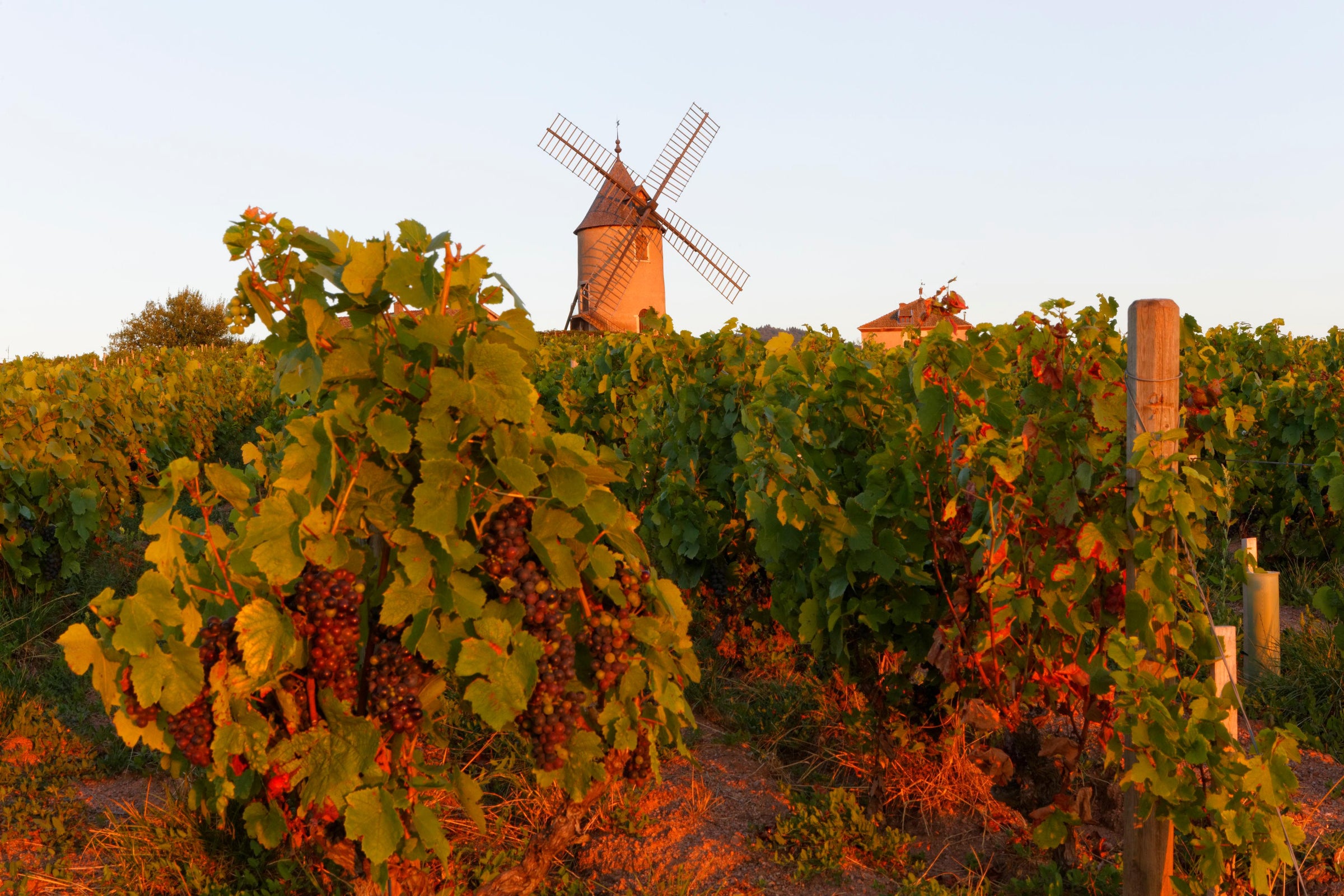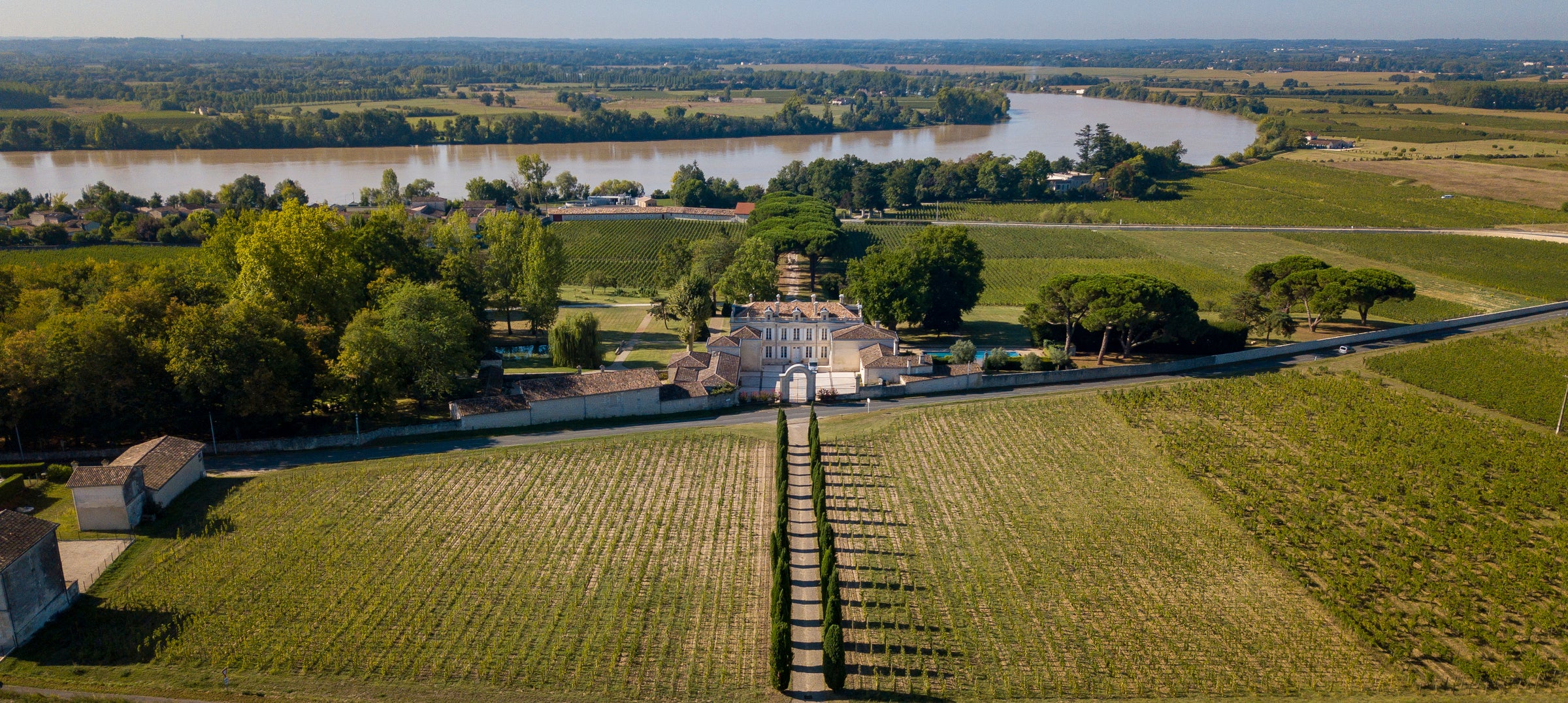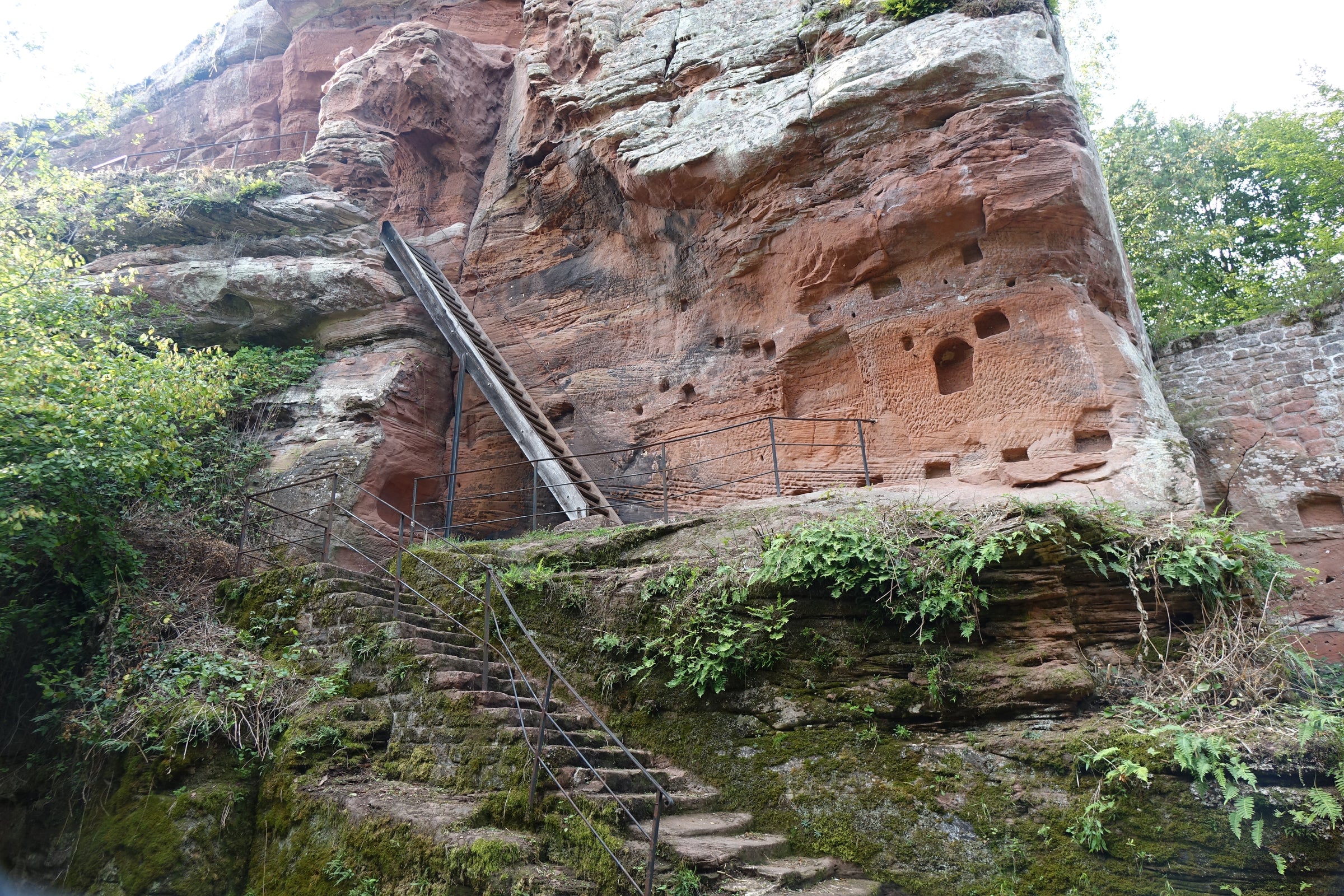We didn’t really know what to expect when we brought over the first bottles of Remoissenet’s 1967 Chambolle-Musigny more than a year ago. It’s one thing to pluck one of the dusty old bottles from a stack and drink it that same evening at Remoissenet’s historic headquarters in Beaune, but it’s quite another to put a bunch of those bottles on a boat, then a series of trucks, to get them to your front door.
Would the wines withstand the rigors of travel? There’s no doubt the wine is priced well given its age and straight-from-the-winery provenance, but how would it perform? Well, if the feedback we’ve gotten—and, of course, a little personal research—is any indication, this ’67 delivers the goods. It’s showing lots of vigor in its old age, and a haunting aromatic profile anyone who loves Burgundy—or fine wine in general—should experience. Although those of you with this birth year have already seen this milestone birthday come and go, this wine—like you, I hope—is only getting better! Thanks to the generosity of Remoissenet’s General Manager Pierre-Antoine Rovani, we have up to four bottles per person to share with the SommSelect family today. If this offer is a new one for you, read on for some more background on this little slice of Burgundy history.
First off, to say that Remoissenet is a historic négociant would be a gross understatement. In 2007, my father and I visited Remoissenet and it was an experience I will never forget. We entered an unremarkable building in the center of Beaune and started down a flight of stairs that seemed to descend in temperature with each step. The vast cave below revealed a winery and cellar, built in the 1300s, which connects to the medieval walls of Beaune itself. In 2005, a new ownership group, which includes the New York real estate developer (and passionate Burgundy collector) Ed Millstein, took over the property, and it has been enjoying a renaissance ever since. Retaining a veteran hand like Bernard Répolt was a smart move: He’s the docent in what is effectively a museum loaded with priceless art.
Today’s wine is, of course, one that will need to be handled with special care. You’ll want to have a two-pronged “ah-so” opener on hand if there are difficulties extracting the cork (which, it’s important to note, is the bottle’s original closure—these wines were not reconditioned before shipment). If you’re using a waiter’s-style opener, insert the worm at an angle rather than straight down, and pull up very slowly. If the cork breaks, don’t worry—just have a fine mesh strainer or some cheesecloth handy to strain out any stray bits.
Thanks to its impeccable provenance, this wine does not fall apart and instantly oxidize upon opening—in fact, it can handle a decanting for sediment, etc. right before service. In the glass, it still displays hints of its original ruby-red at its core, though the overall impression is a tawny orange. Aromas of dried cherries, dried rose petals, toffee, leather, burning autumn leaves, and cedar fill the air immediately, and they persist. The palate is pillow-soft and the finish is quite long and savory, with lots of dried flower/dried herb notes lingering for what seems like minutes. This is a rare treat to savor now, slowly, at 60 degrees in your fanciest Burgundy stems. While it’s certainly a candidate for contemplative solo sipping, a plate of paté-topped toasts would make a nice accompaniment. That’s a soulful, earthy pairing to share with someone special. Enjoy!






